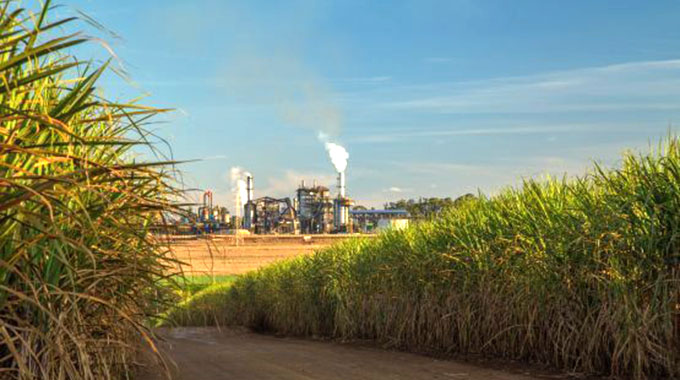
Tawanda Mangoma in CHIREDZI
The $300 million project to clear over 3 000 hectares of land to establish new canefields at Hippo Valley and Triangle estates in the Lowveld by Tongaat Hulett Zimbabwe is now over 50 percent complete with 500ha ready for planting.
Dubbed the Project Kilimanjaro, the venture is set to be completed by September next year when the entire 3 262ha being cleared will be ready for planting.
After completion of the project, the cleared land will be surrendered to Government for allocation to indigenous outgrower farmers in a move that will see the number of beneficiaries spiking from around 870 to more than 1 000.
Aggregate sugar output is also expected to hit the 600 000-tonne mark, which is the installed capacity of Zimbabwe’s two cane mills at Triangle and Hippo Valley.
Export earnings from sugar are expected to surge to close to US$85 million after completion of the Kilimanjaro Project.
Addressing members of the Parliamentary Portfolio Committee on Mines and Energy Development here recently, acting THZ managing director Mr Alden Mhere said contracted companies working on the project were working according to stipulated timeframes.
“We have an ongoing new sugarcane establishment project dubbed the Kilimanjaro Project in which we are assisting the Government of Zimbabwe to develop 3 262ha of new cane,” he said.
“We have 17 contracted companies which are doing the clearance works, canal developments and cane establishment among other works. By the close of last week the contracted companies had cleared over 2 000ha with 500ha already ready for planting.”
Mr Mhere said his company was pushing for maximum capacity utilisation as operations were currently averaging 75 percent of full capacity.
“We have about 879 outgrower sugarcane farmers here in Chiredzi and we hope that by the end of Kilimanjaro Project by September 30, 2020 we would have influenced the increase of outgrower farmers to 1 000,” he said. Mr Mhere said the expansion of the sugar industry was now backed by the Tugwi-Mukosi Dam which can supplement water supplies even during drought.
